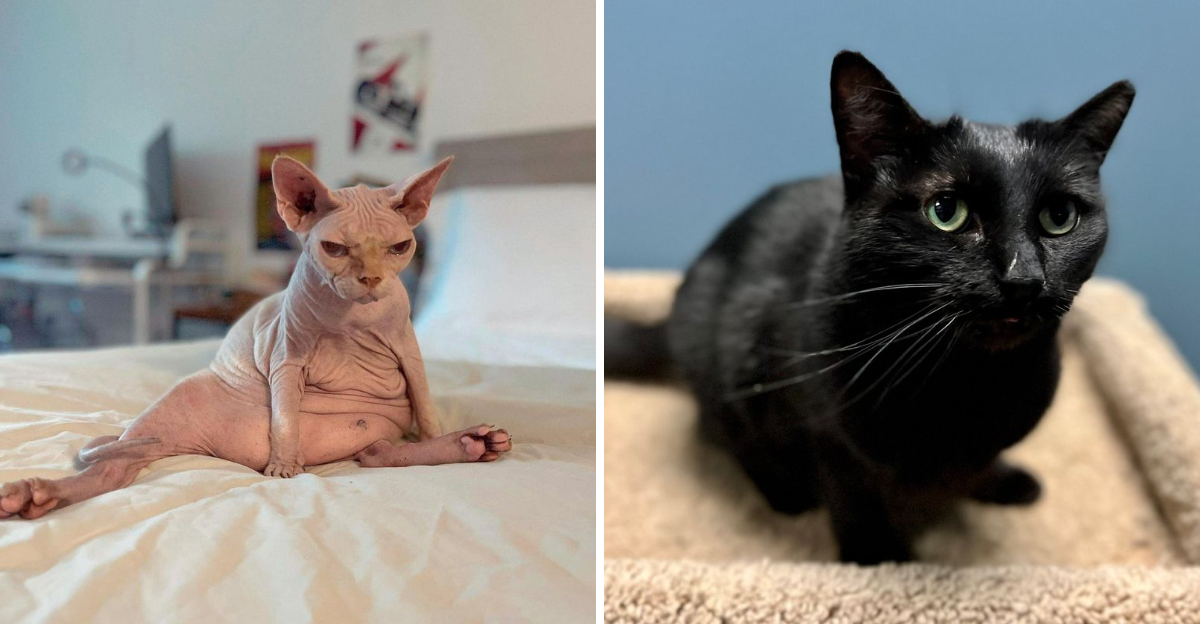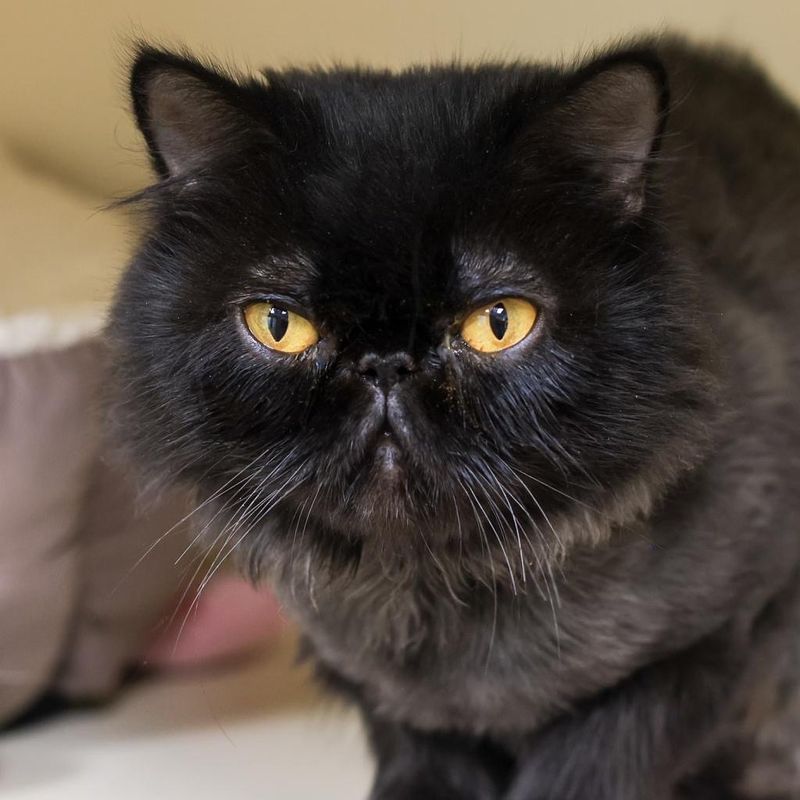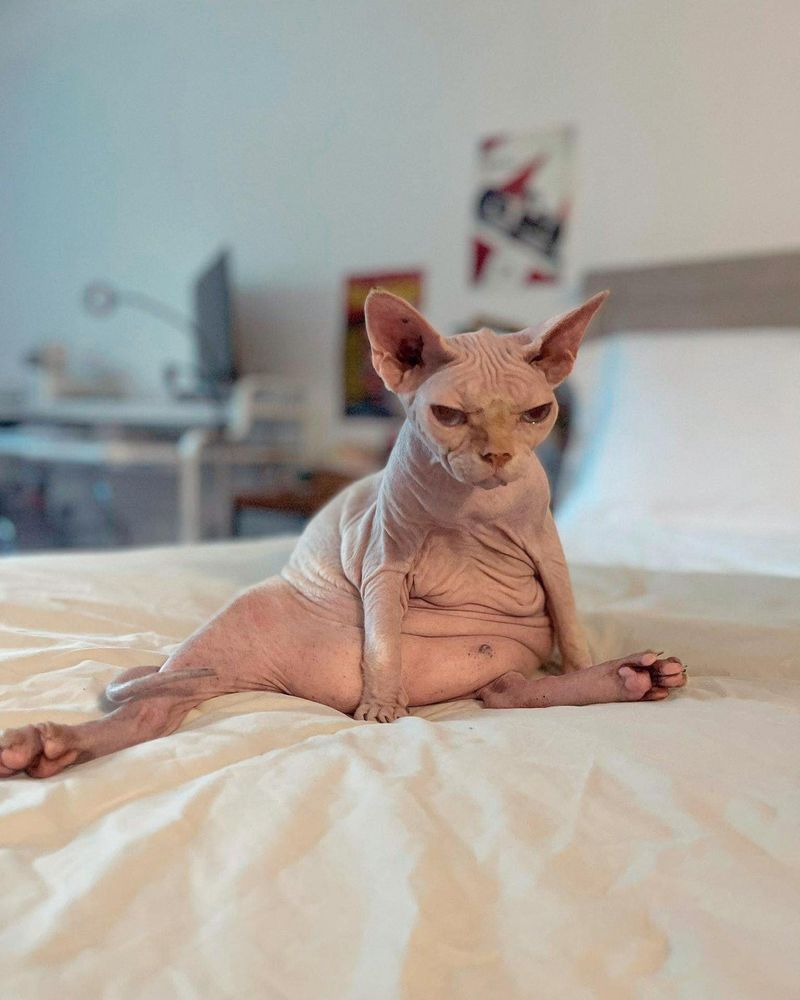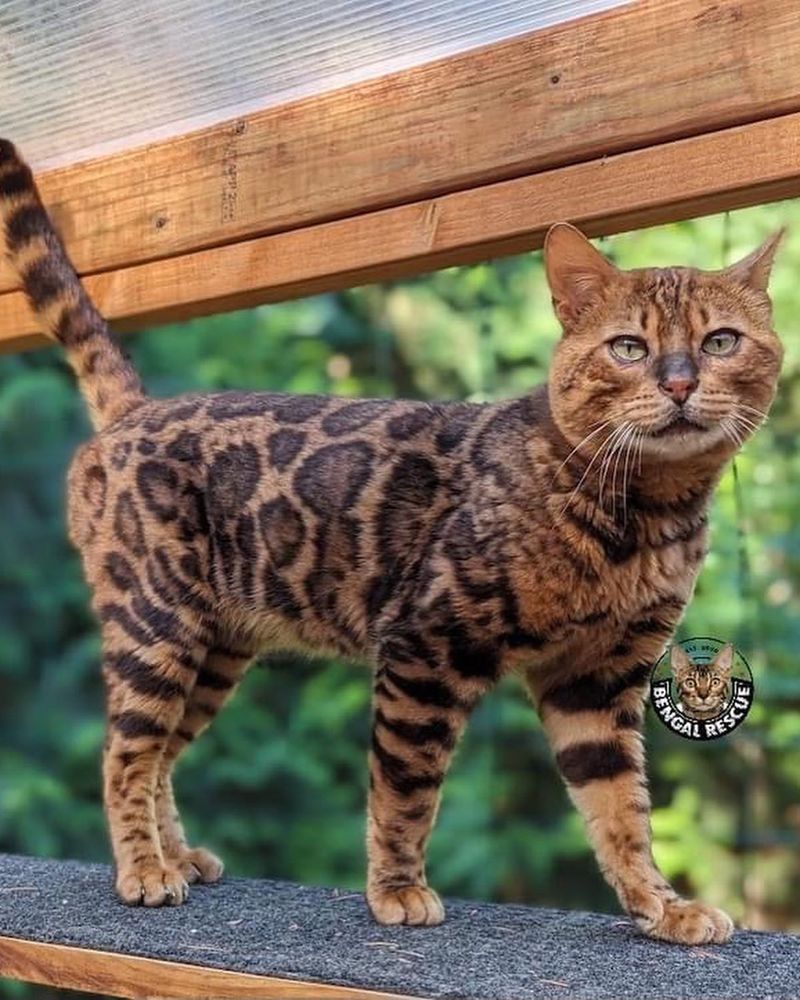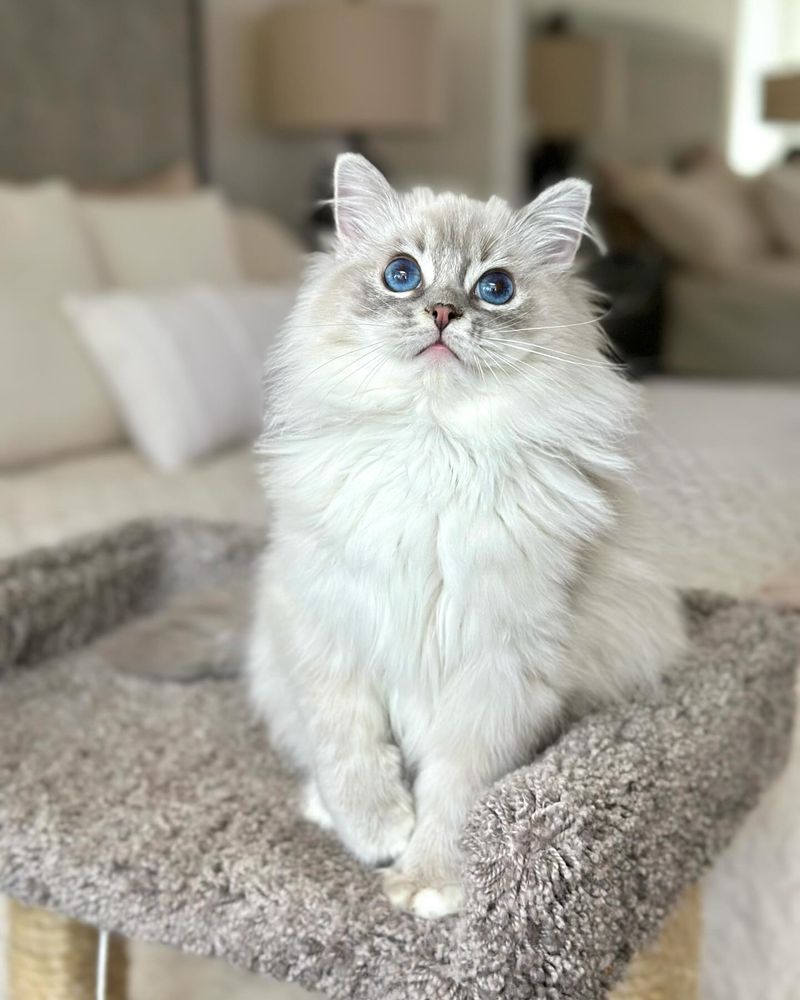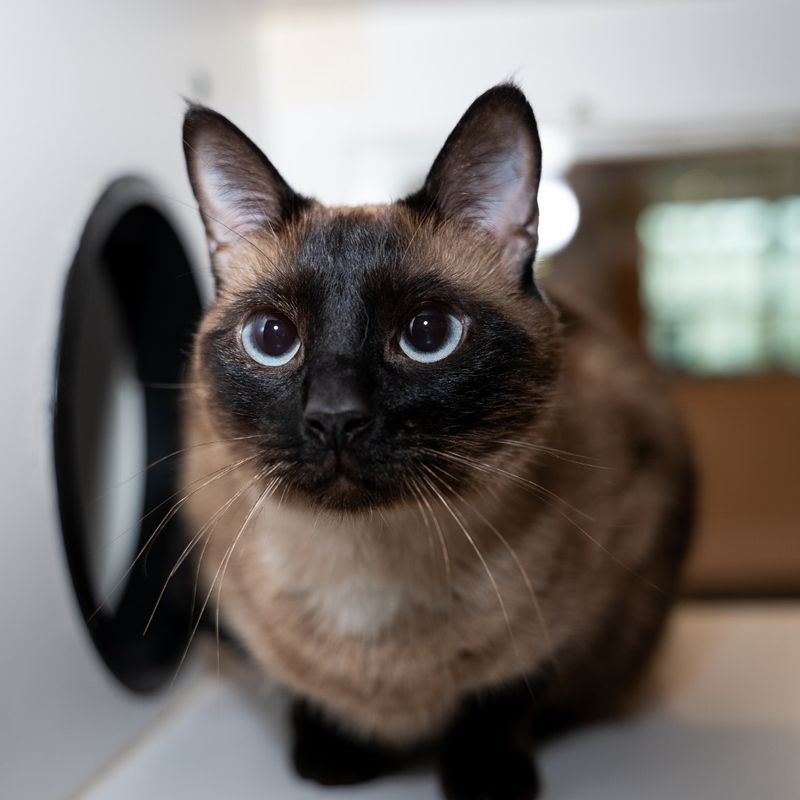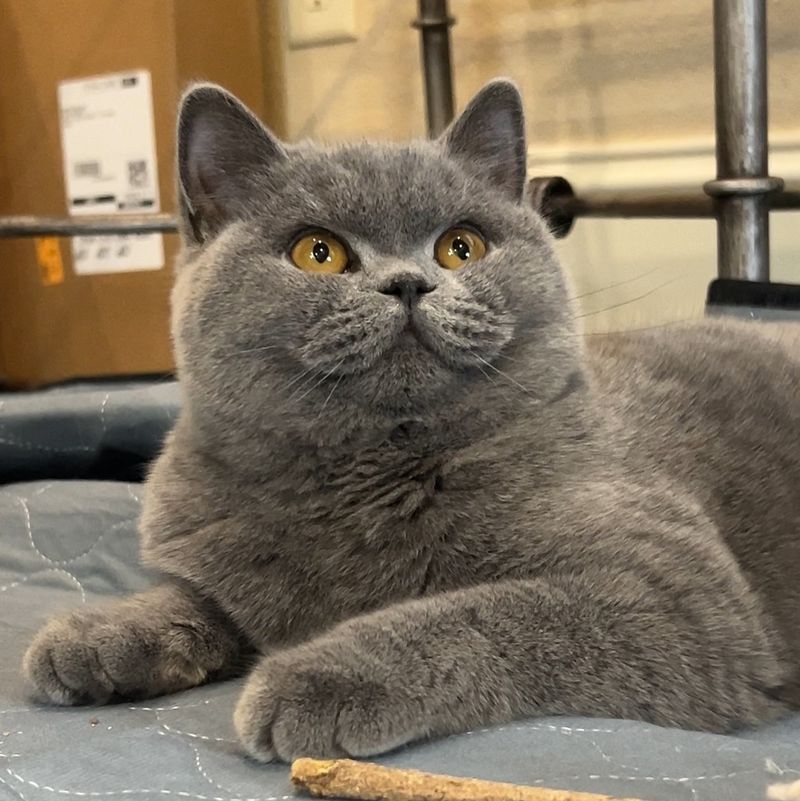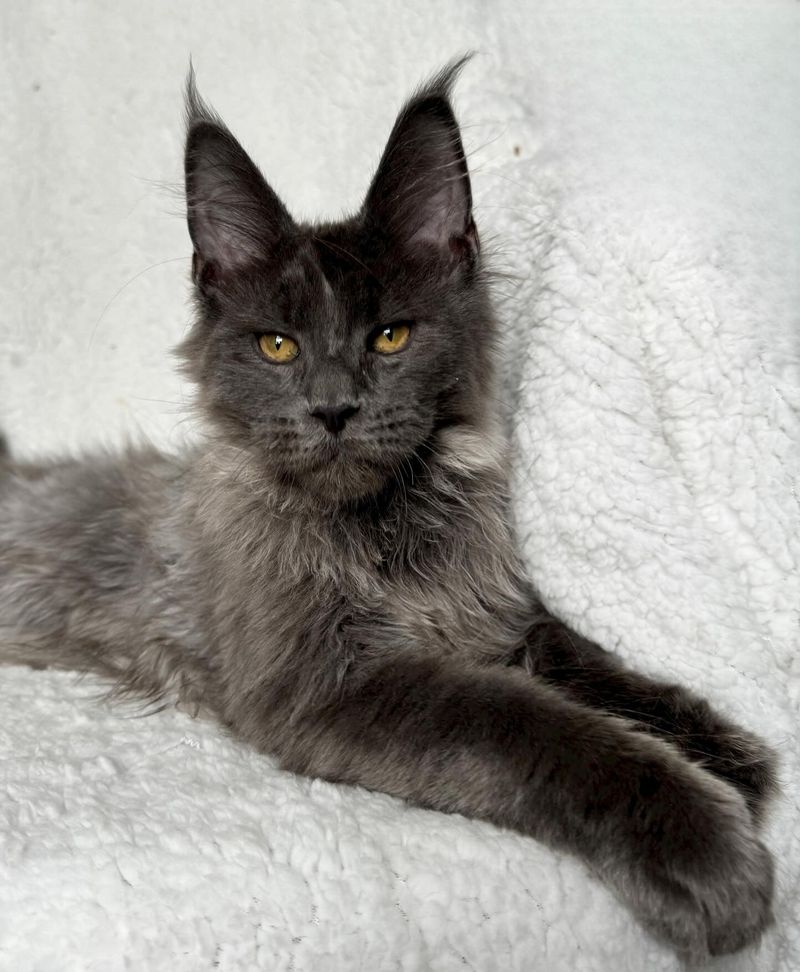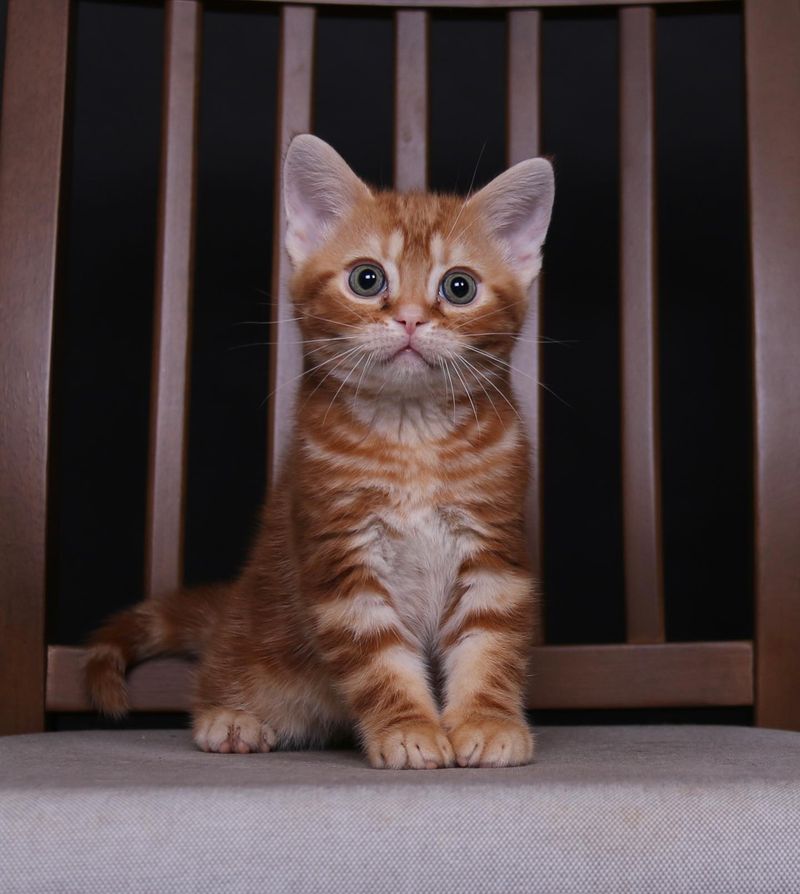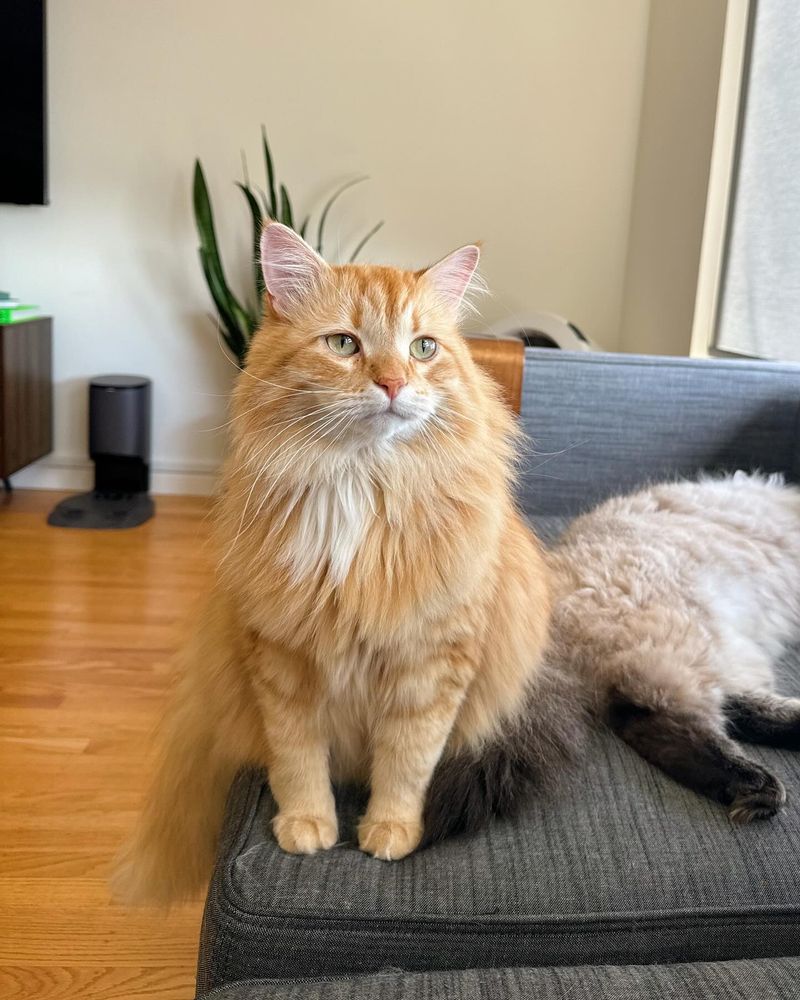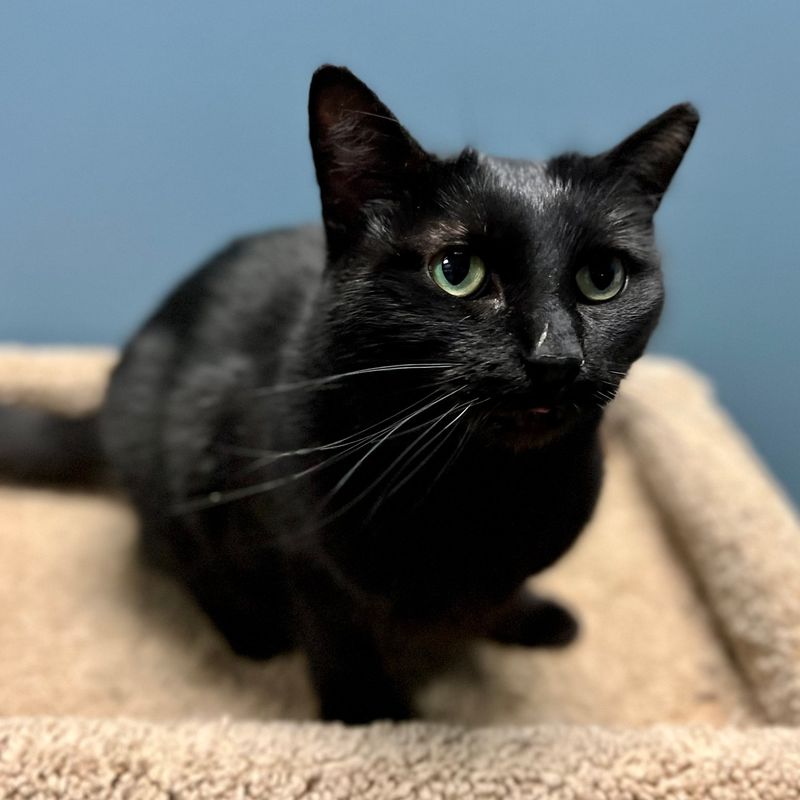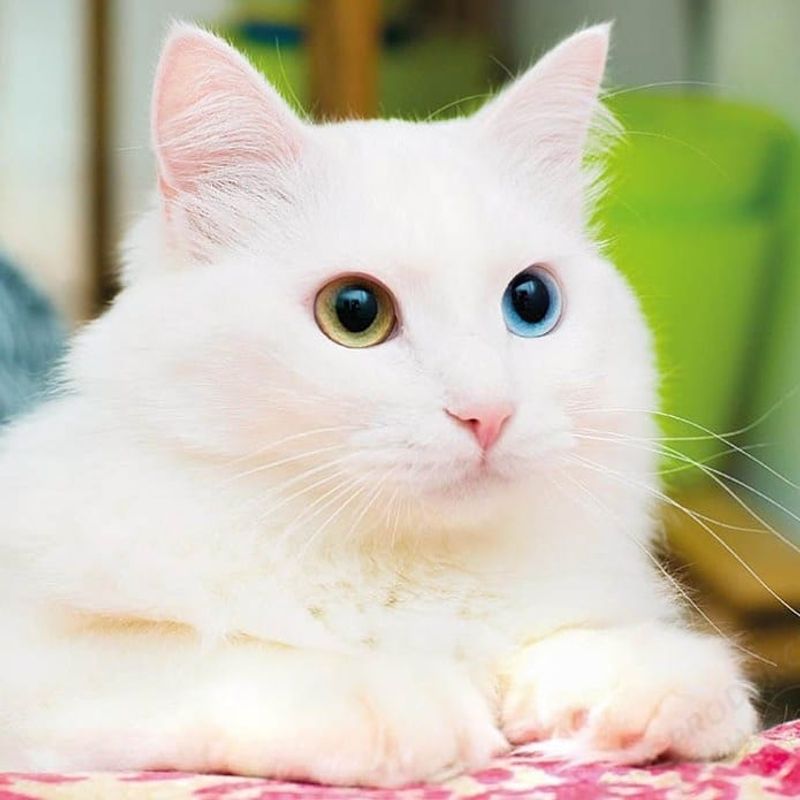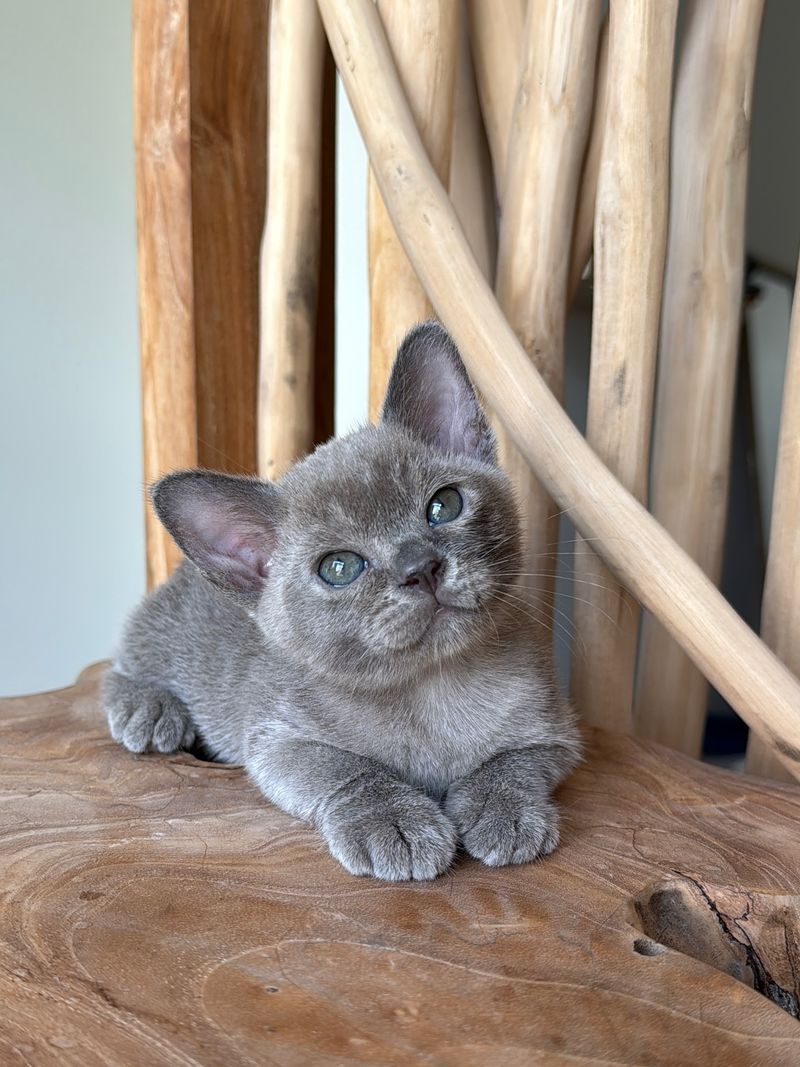📖 Table of Content:
- 1. Persian Cats: Delicate Digestion Champions
- 2. Sphynx: Hairless Hunger Machines
- 3. Bengal Cats: Wild Ancestry, Specific Needs
- 4. Ragdoll: Gentle Giants with Kidney Concerns
- 5. Siamese: Vocal About Their Food Sensitivities
- 6. British Shorthair: Prone to Pudginess
- 7. Maine Coon: Hardy Eaters with Hearty Appetites
- 8. American Shorthair: Unfussy Farm Cat Heritage
- 9. Siberian: Cold-Weather Cats with Iron Stomachs
- 10. Domestic Shorthair: Mixed Heritage, Minimal Issues
- 11. Turkish Van: Swimmers with Sturdy Stomachs
- 12. European Burmese: Balanced Appetites, Balanced Diets
If you’ve ever stared at your cat as they turned their nose up at a premium bowl of food, only to later find them licking a crumb off the floor, you’re not alone. Cats are famously finicky eaters, but what many pet parents don’t realize is that this isn’t just random feline drama. In fact, your cat’s breed might be influencing their taste buds, metabolism, and even their digestion.
From regal Persians with sensitive stomachs to high-energy Sphynx cats that burn through calories like tiny furnaces, not all cats are created nutritionally equal. Some breeds thrive on hearty, high-protein meals, while others need specially tailored diets to avoid chronic health issues.
In this guide, we’ll explore 12 popular cat breeds, their unique dietary needs, and how you can feed them right without playing a daily guessing game. Whether you’re raising a laid-back British Shorthair or a wild-at-heart Bengal, this breakdown will help you meet their needs—one perfectly portioned meal at a time.
Let’s dig in (pun very much intended).
1. Persian Cats: Delicate Digestion Champions
Known for their luxurious coats and smooshed faces, Persian cats often struggle with sensitive digestive systems. Their flat facial structure makes eating normal-sized kibble challenging, and many develop issues with hairballs due to their long fur.
Specialized diets with smaller kibble pieces and increased fiber help these regal felines maintain healthy digestion. Many Persian owners opt for wet food formulas to reduce the strain on their cat’s facial structure while eating.
2. Sphynx: Hairless Hunger Machines
Without a fur coat for insulation, Sphynx cats burn calories like tiny furnaces! These energetic, hairless wonders need significantly more calories than their furry counterparts to maintain body temperature and fuel their playful personalities.
High-protein, high-fat diets are essential for Sphynx cats. Many owners feed them kitten formula well into adulthood because of the increased caloric content. Their higher metabolism means they typically eat more frequent meals throughout the day.
3. Bengal Cats: Wild Ancestry, Specific Needs
The striking Bengal’s wild Asian leopard cat ancestry doesn’t just show in their gorgeous spotted coats—it affects their dietary requirements too. These active hunters thrive on protein-rich diets that mimic what they would eat in the wild.
Many Bengal owners report their cats doing best on raw or grain-free diets. Their digestive systems are often less tolerant of fillers and artificial ingredients found in some commercial cat foods. Bengals typically need more protein than the average house cat.
When properly fed, these mini-leopards maintain their muscular physique and remarkable energy levels that can have them zooming around your house at 3 AM!
4. Ragdoll: Gentle Giants with Kidney Concerns
Ragdolls melt hearts with their floppy demeanor and stunning blue eyes, but these gentle giants face a higher risk of kidney issues than many other breeds. Their predisposition to polycystic kidney disease means diet plays a crucial role in their health.
Veterinarians often recommend specially formulated foods with moderate protein levels and controlled phosphorus for these beautiful cats. Keeping Ragdolls well-hydrated is essential, with many owners incorporating wet food or water fountains into their care routine.
5. Siamese: Vocal About Their Food Sensitivities
Those mesmerizing blue eyes and distinctive color points aren’t the only notable traits of Siamese cats—they’re also prone to food allergies and sensitivities. Many Siamese develop skin irritations or digestive upset from common proteins like chicken or beef.
Limited-ingredient diets featuring novel proteins like duck or rabbit often work well for these talkative felines. Their slender build also means they need carefully balanced nutrition to maintain a healthy weight without becoming too thin.
Siamese will absolutely let you know if their dinner isn’t up to standard—their legendary vocal abilities ensure their opinions on mealtime are heard throughout the house!
6. British Shorthair: Prone to Pudginess
Those chubby cheeks and stocky build make British Shorthairs undeniably adorable, but they’re also signs of this breed’s tendency toward obesity. These laid-back cats typically have slower metabolisms and less interest in exercise than more active breeds.
Portion control is paramount for British Shorthairs. Many vets recommend measured feeding of weight management formulas to keep these teddy-bear cats at a healthy size. Their naturally round shape can make it difficult to notice weight gain until it becomes problematic.
7. Maine Coon: Hardy Eaters with Hearty Appetites
America’s gentle giants come equipped with tufted ears, bushy tails, and impressively robust digestive systems! Maine Coons typically handle dietary changes with minimal fuss, making them some of the least finicky felines around.
Their large size means they need more calories than average cats, but they efficiently process a wide variety of foods. These working cats evolved in harsh New England winters, developing adaptable eating habits to survive on whatever was available.
8. American Shorthair: Unfussy Farm Cat Heritage
American Shorthairs carry the practical eating habits of their working-cat ancestors. These former barn cats were valued for their mousing skills and developed hearty constitutions that handle various foods with ease.
Their sturdy build and balanced proportions reflect their history as self-sufficient hunters who ate what they caught. Modern American Shorthairs maintain this adaptable digestion, rarely developing the food sensitivities that plague more specialized breeds.
While they appreciate quality nutrition, these cats typically won’t turn their noses up at new foods or throw tantrums over brand changes—a refreshing trait for anyone who’s dealt with a truly picky cat!
9. Siberian: Cold-Weather Cats with Iron Stomachs
Developed in the harsh climate of Russia, Siberian cats evolved to eat whatever food was available during long winters. Their powerful digestive systems break down a remarkable variety of proteins efficiently, making dietary transitions smooth sailing for most Siberians.
These semi-longhaired beauties produce extra enzymes that help them process food more thoroughly than many other breeds.
10. Domestic Shorthair: Mixed Heritage, Minimal Issues
The mutts of the cat world bring genetic diversity to the table—literally! Domestic shorthairs typically inherit hardy constitutions from their varied ancestry, avoiding many breed-specific dietary sensitivities.
These everyday cats benefit from balanced commercial diets without requiring specialized formulas. Their mixed genetics often protect them from the hereditary conditions that necessitate strict dietary management in purebred cats.
While individual cats may develop preferences or sensitivities, as a group, domestic shorthairs demonstrate remarkable dietary flexibility. This adaptability made them valuable companions throughout history, from ancient Egyptian granaries to modern apartment living!
11. Turkish Van: Swimmers with Sturdy Stomachs
Famous for their love of water, Turkish Vans bring the same bold approach to mealtime! These rare cats with distinctive auburn-marked heads and tails rarely encounter digestive issues despite dietary changes.
Developed in the rugged Lake Van region of Turkey, these cats adapted to eat whatever food was available while maintaining their swimming strength. Their muscular bodies efficiently process nutrients from various food sources, making them remarkably adaptable eaters.
Turkish Vans mature slowly, not reaching full size until around five years old—giving their digestive systems plenty of time to develop robust processing capabilities!
12. European Burmese: Balanced Appetites, Balanced Diets
European Burmese cats combine the best of both worlds—they enjoy their meals without obsessing over specific ingredients or textures. Their medium-sized, muscular builds support efficient digestion of standard cat diets without special considerations.
Unlike their American Burmese cousins, who can be more sensitive, European Burmese typically maintain healthy weights and process various commercial foods with minimal fuss. Their even-keeled personalities extend to their eating habits—they’re enthusiastic without being demanding.
